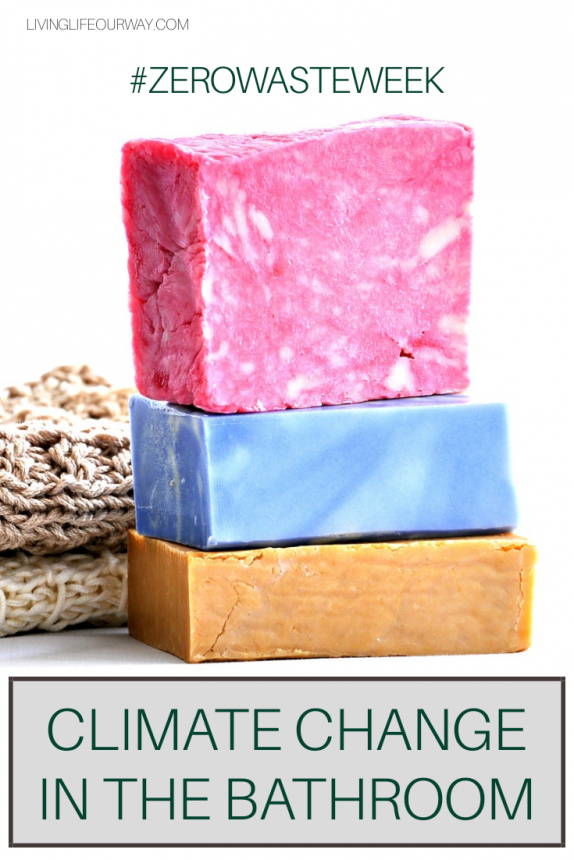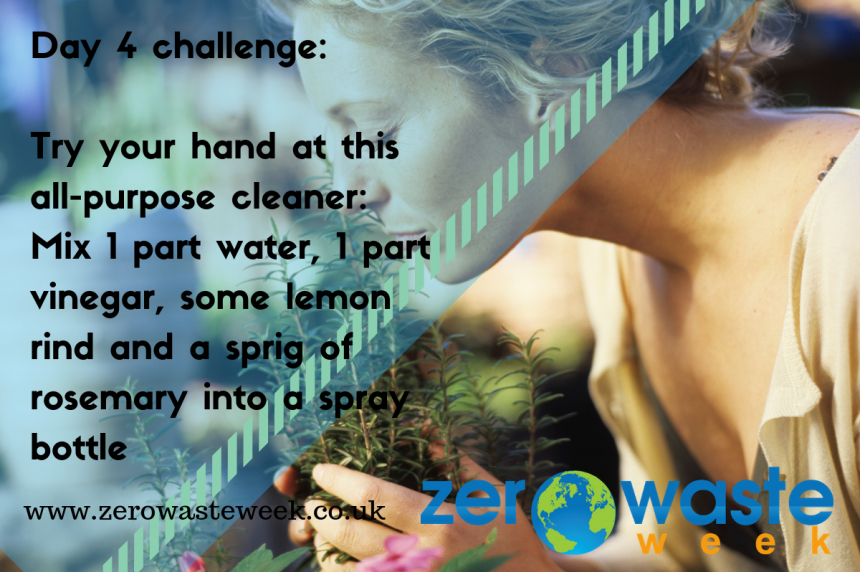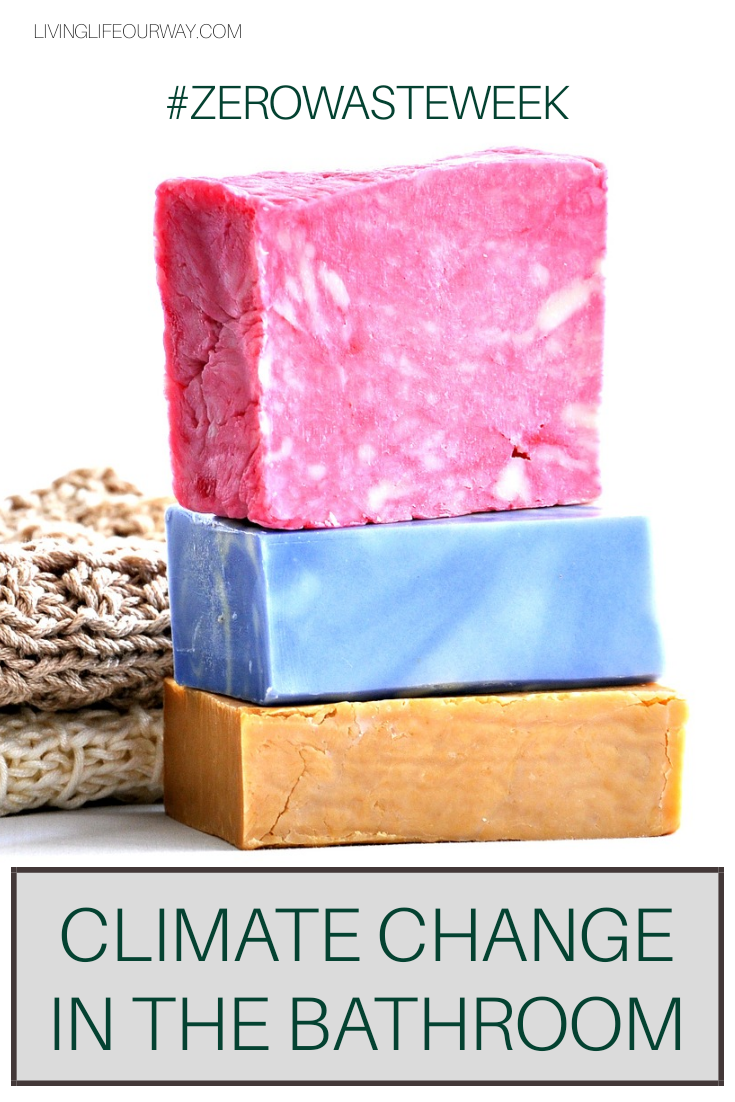If left undealt with the bathroom is naturally a zero-waste disaster. Between all the plastic, the products themselves and the water waste, the environmental cost can be significant. The good thing is that whist there is a little effort involved initially, the bathroom offers a great opportunity for positive changes.
Therefore, if you’re looking to improve your eco friendliness and adopt a zero waste mindset, the bathroom is an obvious place to focus your attention. Some useful steps you can make are to use less water (especially hot water) and to take a look at how to reduce the amount of plastics and chemicals you use. A Few Favourite Things has a very informative post on reducing bathroom chemicals.

Plastic Waste
Bathroom products are notorious for their plastic usage; there are the wrappers, razors, bottles, tubes, toothbrushes, tubs, beauty, sanitary and healthcare products to consider.
Then of course there are microbeads, though these are less a problem (on a household level) since they were banned in the UK in 2018. This doesn’t mean that some products aren’t still in rotation or that every nation has ceased production.
The effect of plastic pollution on the land and sea are very well documented; both on the blog and elsewhere. The destruction of our environment and natural habits are visible and plain to see. Although not as obvious to behold; the climate is being decimated also. Plastics account for almost 4% of greenhouse gas emissions.
You should start by identifying what products are recyclable and if not, which are easy to replace. Eco swaps can make a massive difference and a few solid options are:
• DIY bathroom cleaners.
• Switch out to bamboo toothbrush next time your toothbrush needs replacing.
• Look for shaving alternatives such as a stainless-steel razor. (But don’t throw out your old one if it is still usable!)
• Opt for refillable, zero packaging, or home-made soap, shampoo and conditioner, and other bathroom alternatives.
• Remember to recycle toilet roll inners and other bathroom items too. More people forget to recycle in the bathroom vs kitchen; a separate bag or bin for these might help!
Think about how to refuse, reduce, reuse, and recycle. Swapping out bathroom cleaning and personal hygiene products for those with no packaging, or better at least, or making your own, is an incredibly effective way to achieve this.
DIY Cleaning Recipes

As well as this handy recipe for multi purpose cleaner, thanks to Rae from Zero Waste Week , there are also some great tips and recipes from The Diary of a Jewellery Lover. She suggests for example cleaning your showerhead by filling a bag with white vinegar, immersing the shower head in the bag so it is covered, then just leave it overnight and rinse in the morning. Great tip!
Water Waste
Another source of significant waste is the water we use. There is an energy cost to pumping water around the house and sending wastewater to sewage. Similarly, heating water is incredibly impactful too. Infact, it’s one of the more energy expensive aspects of the modern home.
Hot water is a major energy drain. So reducing the amount you consume is a simple step towards lowering your carbon emissions. Cutting out the amount of wasted water that goes down the drain means that less has to be treated and therefore less energy used (and greenhouse gasses produced). It ends up less costly to the consumer, the provider and more importantly the environment.
Finally, when it comes to lowering your water usage in the bathroom (and therefore your overall carbon emissions) a lot of decisions come down to common sense. Use towels more than once, don’t leave the water running unnecessarily whilst you wash yourself or brush your teeth and so on. Other than this, there are some things you can do to make things better:
• Either buy a low flush toilet or adjust the float in the toilet tank so that it fills less.
• Install a low-flow shower head.
• Take shorter showers.
• Shower instead of having a bath.
• Minimise the use of hot water.
By being mindful and adopting these practices, you’ll be taking strong, bold first steps towards making your home zero waste and be reducing the climate change cost of your home.
For more useful bathroom zero waste tips, read this post by The Good Life With Amy French and zero waste bathroom swaps from A Rose Tinted World.

